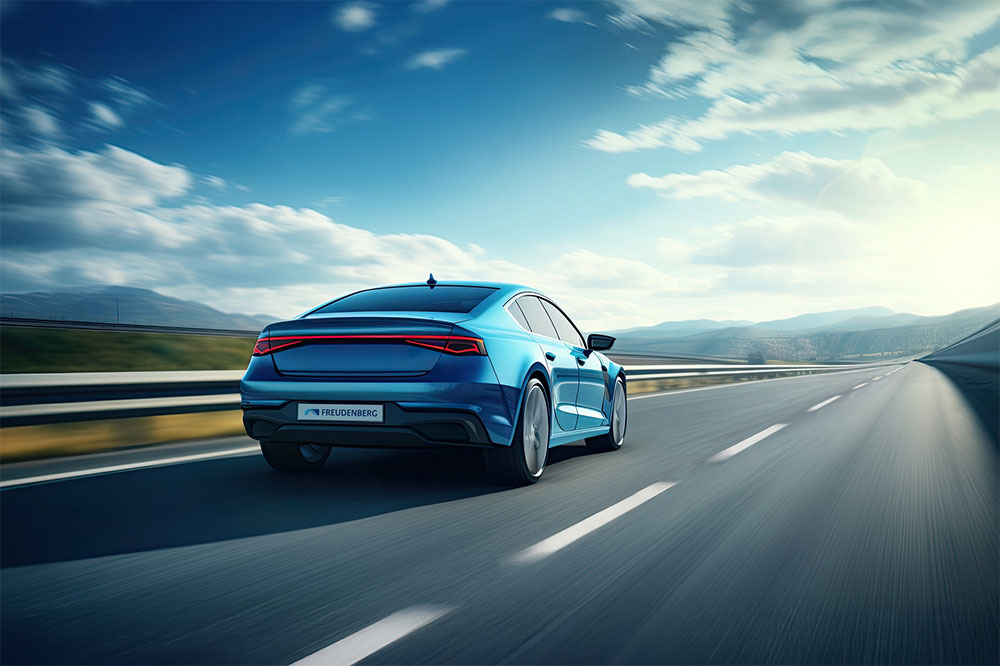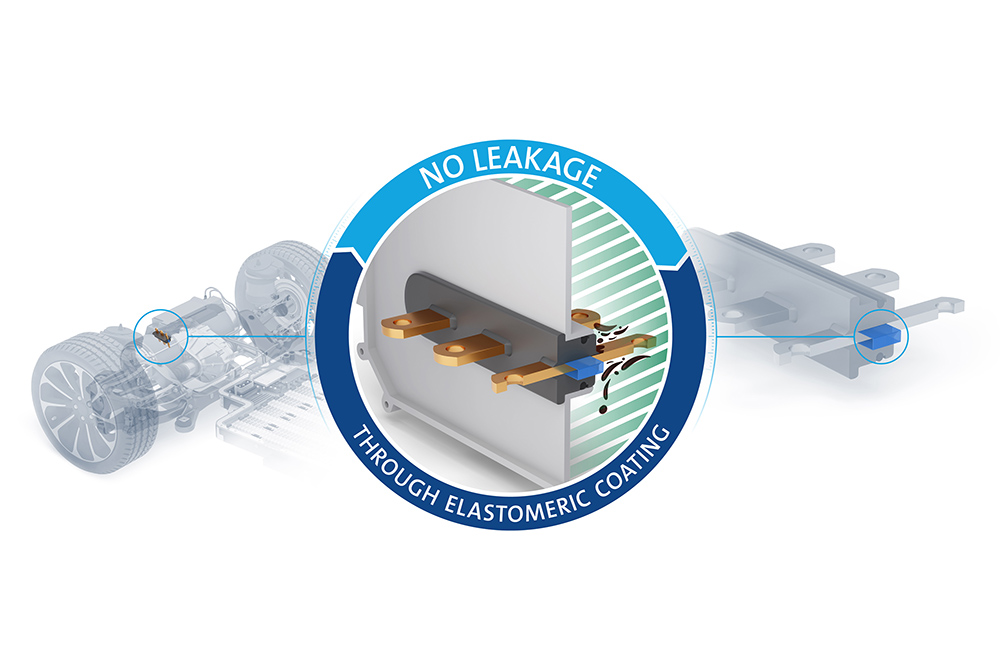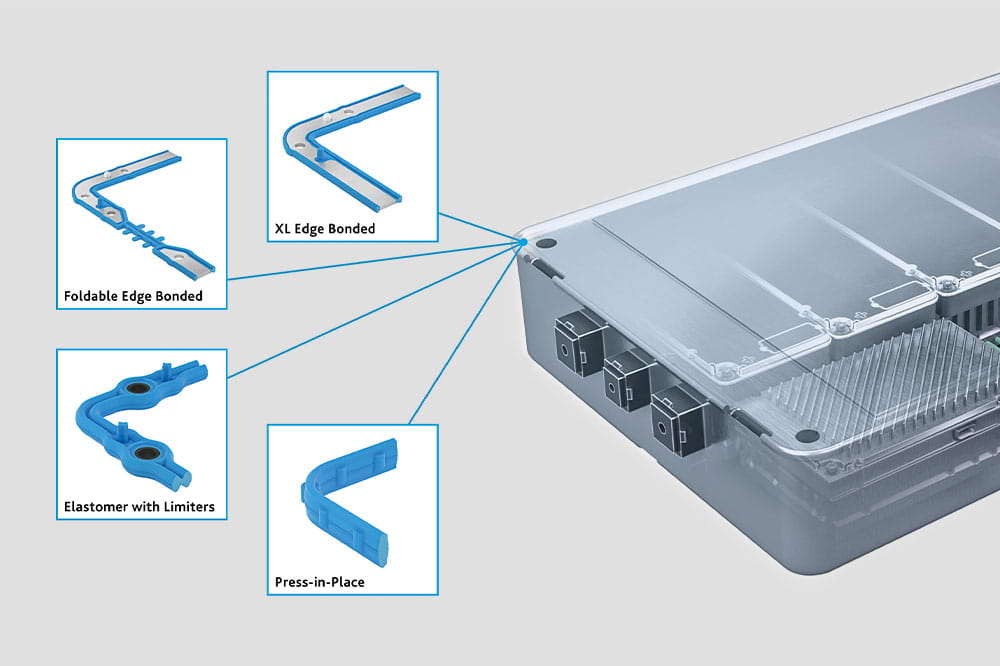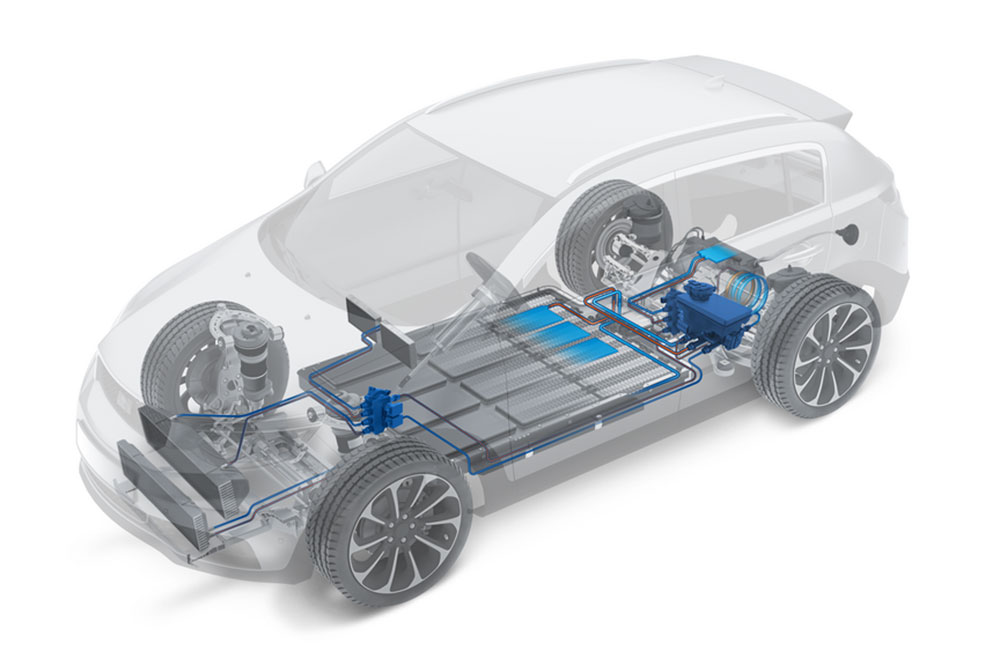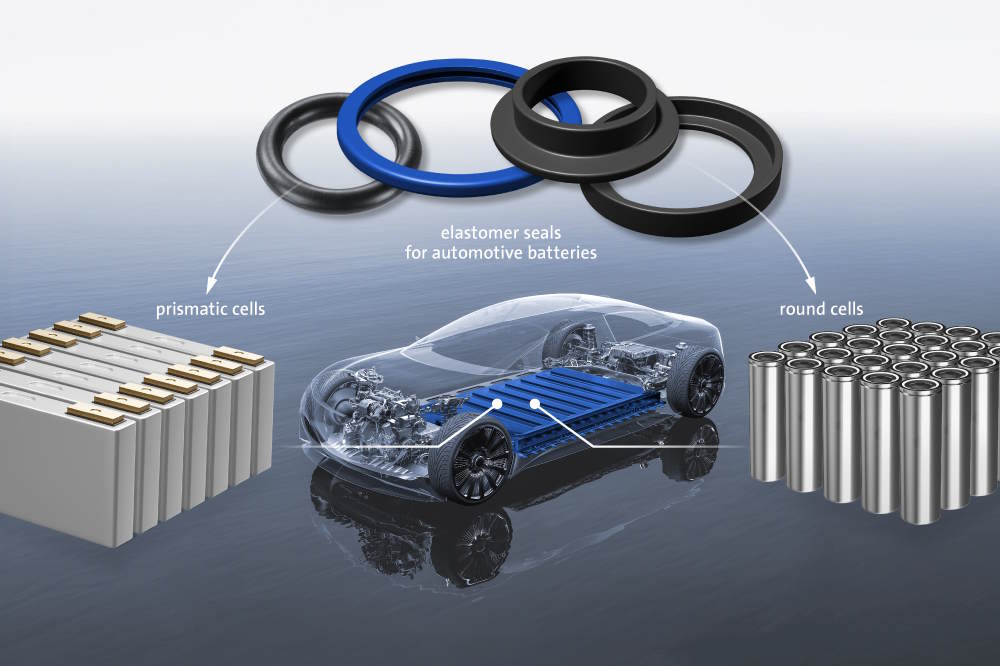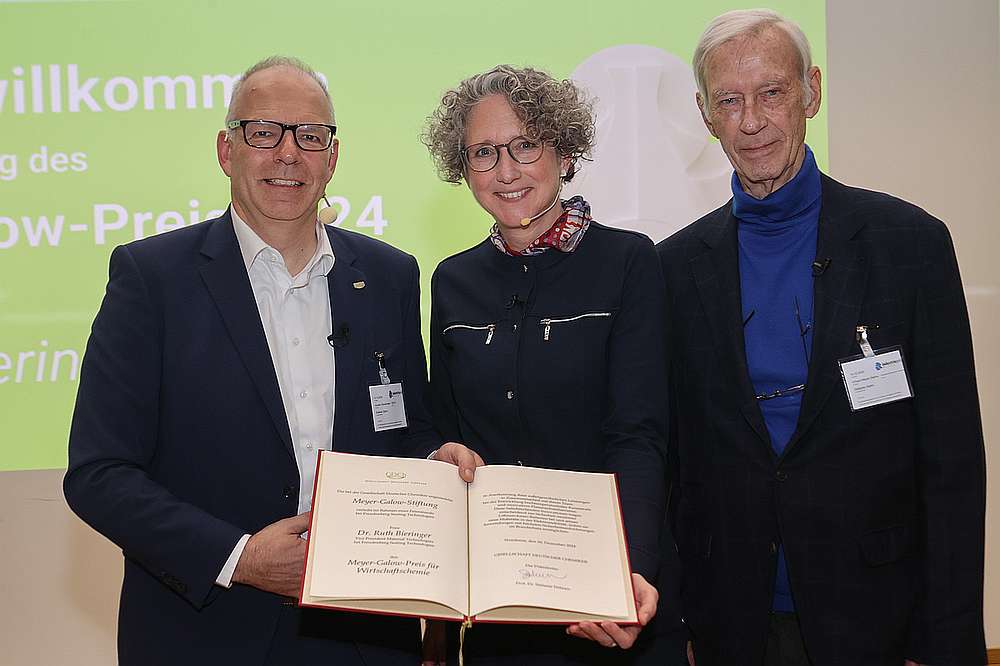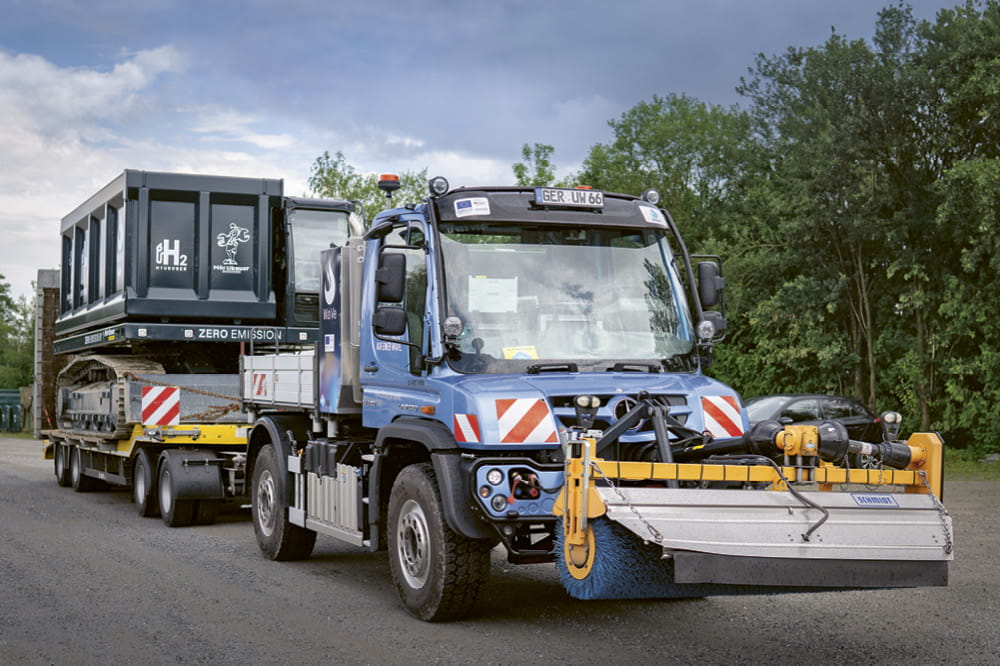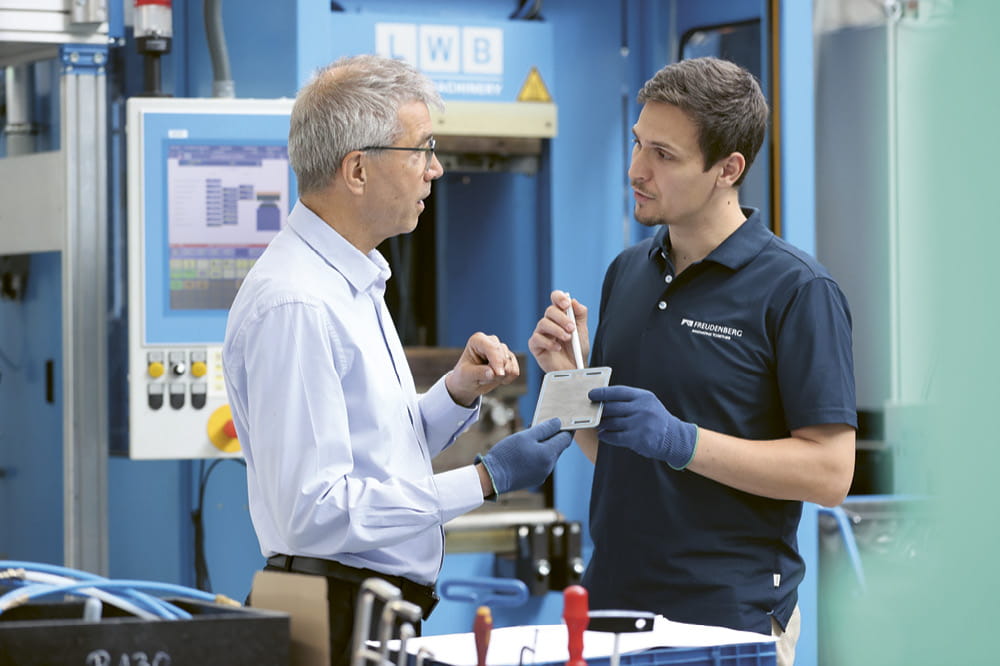Obtain news and background information about sealing technology, get in touch with innovative products – subscribe to the free e-mail newsletter.
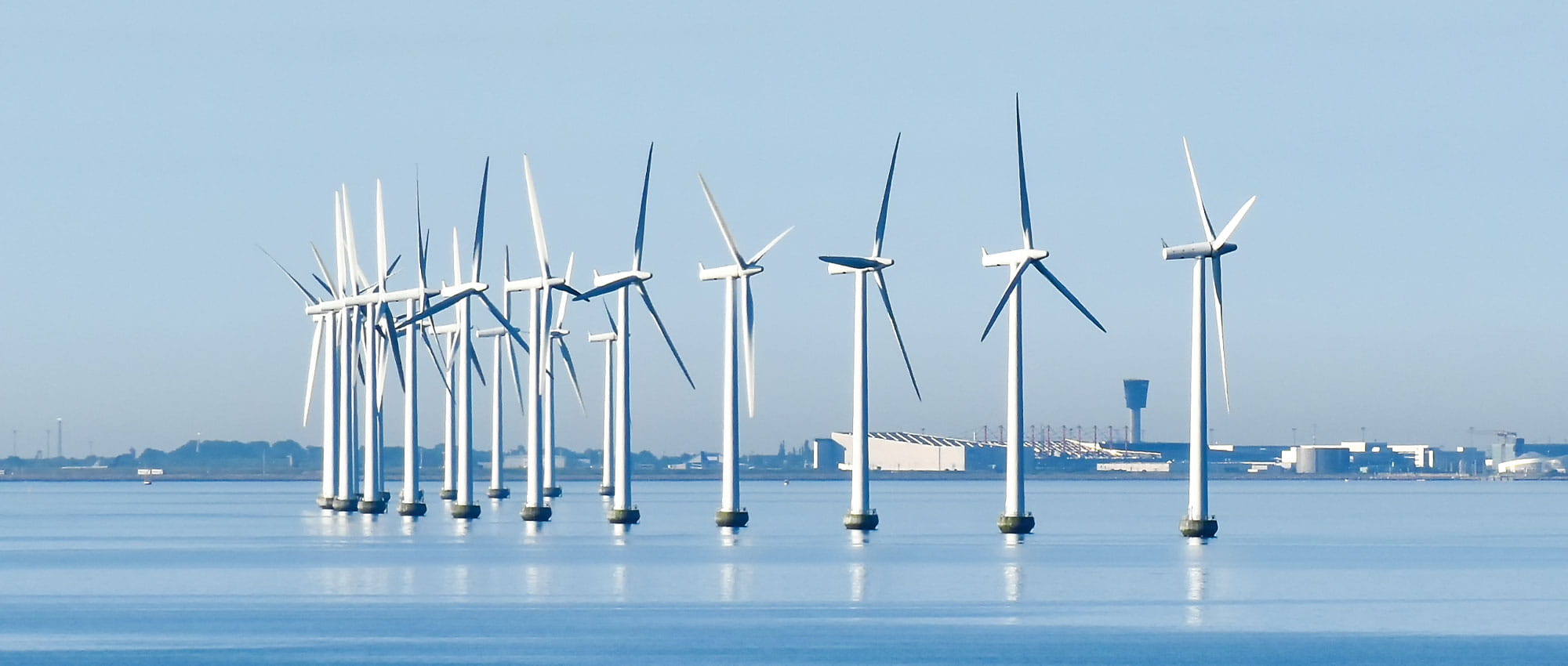
16.04.2020 | Story
From Wind to Hydrogen
Denmark wants to be climate-neutral by 2050. The key element in its efforts: Wind farms out in the ocean. A green energy carrier – hydrogen – is expected to be produced when there is surplus electricity.
Climate-neutral by 2050: Nearly every European country has drawn up its own plans to reach this goal, and the European Union’s recently approved “Green Deal” is supporting the initiatives. But some of the plans are based on the use of nuclear energy or the trade in international emissions rights. Denmark is going a step further: The northern European country intends to cover its energy needs solely with renewable energy. Even as early as 2030, a large portion of its energy production is scheduled to be climate-neutral. As part of an ambitious campaign, Danish lawmakers have set successive five-year goals. A framework law was passed in December 2019, and it binds future governments as well as the current one. The support for the law in the Danish parliament was overwhelming, with 167 out of 179 members favoring it.
A Wind Power Pioneer
Denmark didn’t start at zero. Even back in the 1990s, the country was one of the wind energy pioneers, and it now covers more than 40 percent of its needs with energy from wind turbines. Largely surrounded by water, the country has a 7,000-kilometer (4,350-mile) coastline. It is ideally situated for offshore wind farms, which now generate 1,700 megawatts. Another dozen of the farms are in the planning stages, including a special project by the Danish energy company Orsted. A decade ago, the firm, which is partly owned by the Danish state, mainly used fossil fuels to generate electricity and heat. Today it is the global market leader in offshore wind energy and has long surpassed its own objectives for the transition to climate-neutral energy production. Orsted plans to completely do without fossil resources by 2025.
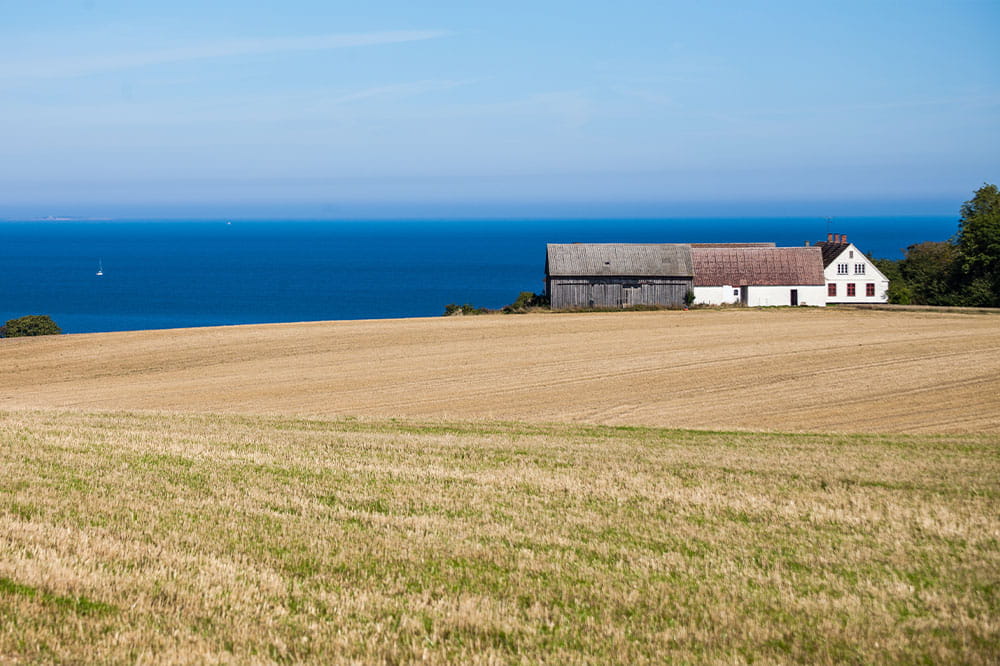
Last year, Orsted introduced its plan for an offshore wind farm that is gigantic by today’s standards: It is expected to generate 4 to 5 gigawatts. The Danish island of Bornholm is scheduled to be the literal center of the offshore operations. In December 2019, the government took its commitment to a new level when the Climate and Energy Minister Dan Jørgensen announced a plan for an artificial island surrounded by offshore wind farms with a capacity of up to 10 gigawatts. The two projects leave existing outputs far behind. Currently, the world’s largest offshore farm produces a little more than 1 gigawatt.
The real show-stopper: These huge facilities would continue producing electricity even when the grid has been filled to capacity. Unlike many existing wind farms, they are not expected to cut their output in these situations. Instead, some of the electricity would be used for electrolysis, producing hydrogen. In turn, whenever storage is required, hydrogen can be stored much more easily than electricity, whether in gas lines, in tanks or on ships. The wind farm can thus provide hydrogen and electricity with a flexible approach, gearing the form of energy to the current need.
Double Production
The approach could provide enough hydrogen to make the gas a practical fuel for forms of transportation not suited for electrification now or in the future. They include ships, aircraft and trucks. Theoretically, a single “energy island” of this size would not only produce enough energy for every Danish household, even with the rising demand due to electric mobility – it could also supply at least a million households with hydrogen. It’s no accident that the island of Bornholm is strategically located near the coasts of Germany, Sweden and Poland, making energy exports possible. The specific location for the government’s project has not yet been set.
In theory, it’s already possible for wind turbines to produce hydrogen. But the approach is hardly used at present. Relatively large amounts of energy are lost in the process, and the costs are not especially low. Planners hope that this could change at the right scale and with technological advances. The Danish government has explicitly set aside funds for research on hydrogen production at wind farms. A marketing-style term for the technology has even emerged: “W2H2.” It may not make much sense as a chemical formula, but it certainly works as an abbreviation for “Wind to H2” – wind energy to hydrogen.
Our current focus is on the powertrains that had to wait decades for their breakthrough. Now their time has come. Alternative propulsion systems such as electric motors and fuel cells, along with internal combustion engines, will be part of the powertrain mix of the future.
Read more on the topic “At Long Last! Alternative Powertrains” in our customer magazine ESSENTIAL. The edition appears in May.
More news on the subject Automotive & Transportation

Join Us!
Experience Freudenberg Sealing Technologies, its products and service offerings in text and videos, network with colleagues and stakeholders, and make valuable business contacts.
Connect on LinkedIn! open_in_new